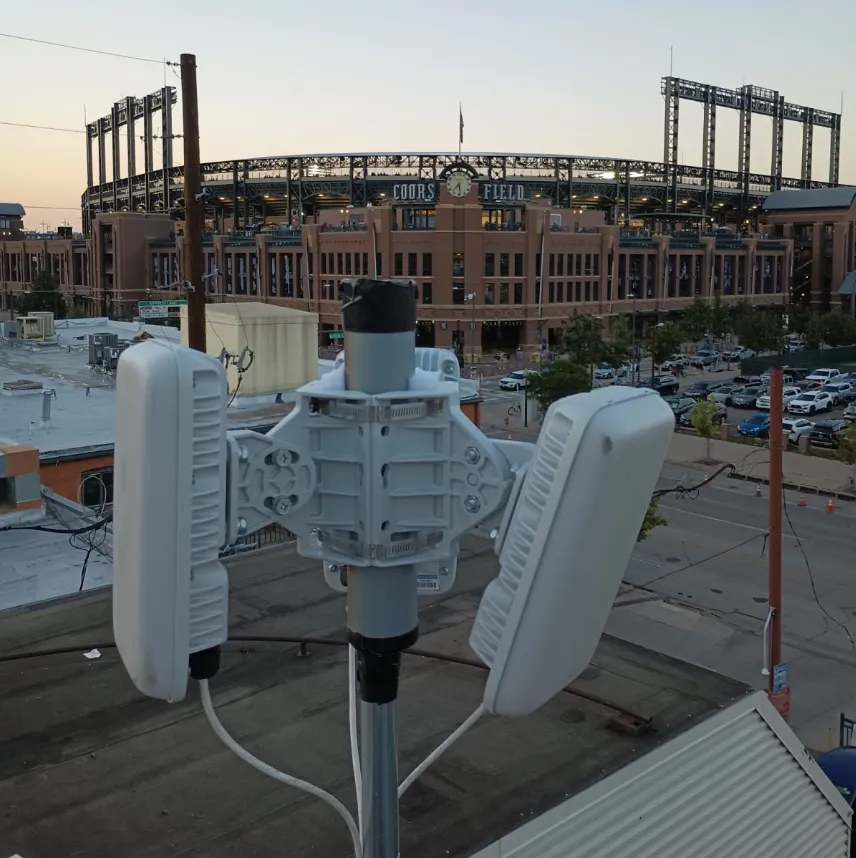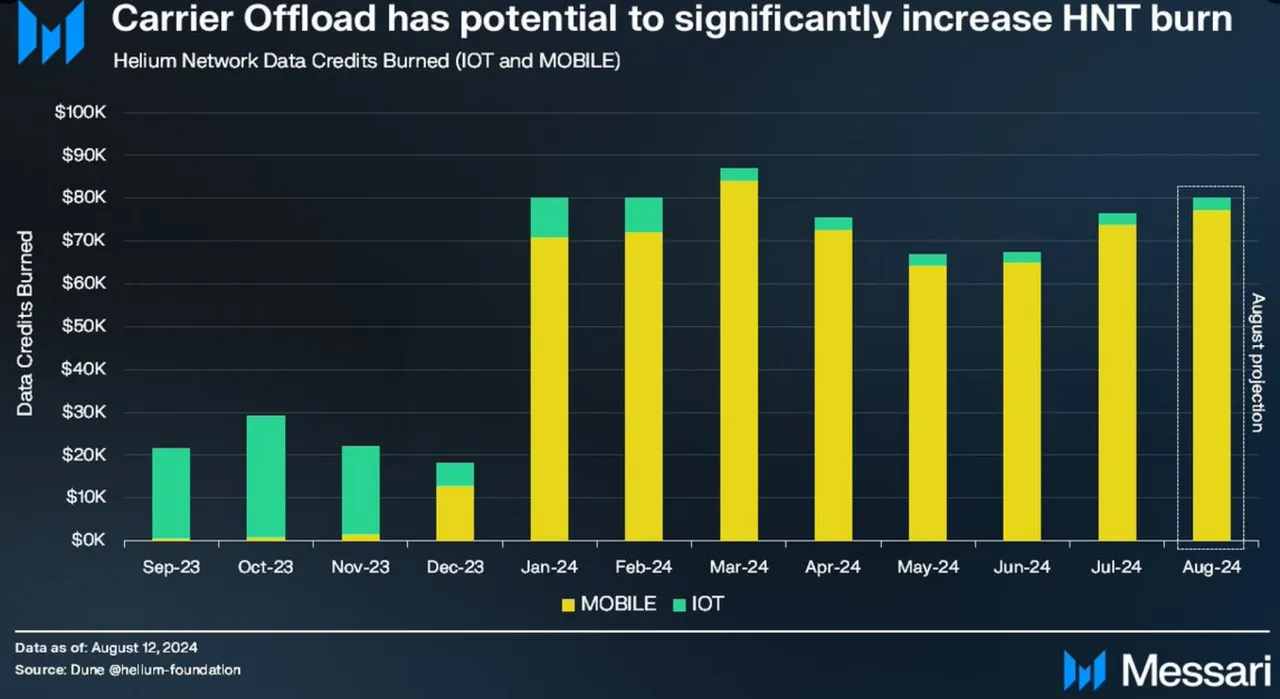Two major telecom providers have begun offloading traffic to the decentralized Helium wireless network, a sign that this OG DePIN network is continuing to grow.
In this article, we'll be discussing the benefits of decentralized wireless networks, how token incentives work, why established carriers are choosing to use Helium, and how this may benefit the community.
Decentralized Wireless Infrastructure
Traditional telecom providers, such as AT&T & Verizon, typically coordinate the roll-out of their wireless infrastructure in a centralized manner, a process that is inefficient and requires large capital expenditures.
A decentralized wireless network like Helium, on the other hand, doesn't require substantial resources or centralized coordination to grow. Rather, independent operators are motivated to deploy the network's infrastructure via token incentives.
Helium originally launched as a "people powered" LoRaWAN network back in 2019 to service low-bandwidth IoT devices. At the time, operators were paid in HNT tokens to carry network traffic. However, ever since HNT became a governance token, the LoRaWAN operators have been earning the IOT token.
Helium expanded on their original idea, and rolled out a separate 5G network in 2022. Operators on this cellular network are rewarded in the MOBILE token after installing a radio/hotspot (like below) and providing provable coverage to wireless customers.

In partnership with T-Mobile, Americans can pay $20/month for a mobile plan that utilizes Helium's decentralized wireless infrastructure. Subscribers can also earn MOBILE tokens for assisting with mapping wireless coverage in their local area.
Why Are Established Carriers Choosing To Use Helium?
You can imagine that wireless carriers might become overloaded with data during big concerts or major sporting events. Under such conditions, it would be ideal to offload that excess traffic to nearby WiFi hotspots or other wireless infrastructure.
Thanks to the success of Helium's 5G network deployment, two (yet to be disclosed) wireless carriers in the United States have already started offloading data onto Helium hotspots, and the load on those hotspots has been steadily increasing. Here's how it works:
Whenever the carriers' towers are overwhelmed with traffic, their mobile customers are automatically swapped over to a nearby Helium hotspot, and the operators start to earn MOBILE token rewards for supporting the extra load.
During this trial run the carriers have been choosing the specific Helium hotspots that they want to offload traffic to. The Helium mobile team is working on a way to notify the operators if their hotspot has been chosen by a carrier.
Helium's Tokens
The original HNT token was migrated to Solana last year (2023), and is currently used to stake and vote on governance proposals, but it can also be burned to generate data credit tokens (DC) at a fixed rate of $0.00001 per DC.
Depending on the wireless network being used, IOT and MOBILE are the two data credits required to pay for data transfers. The offloading of carrier data onto the Helium network is expected to result in the burning of more HNT.

Potential Issues
Keep in mind that HNT, IOT, and MOBILE are all managed by smart contracts under the control of the Helium foundation. Therefore, the team has the ability to freeze the tokens of any hotspot operator, user, or investor. While this contradicts crypto's principle of censorship-resistance, it's still better than operating from a centralized database. Why's that?
The benefit of having the tokens on a public ledger like Solana, rather than in a centralized database, is that account suspensions would happen transparently (alerting the public), and the team would have to provide an explanation to the community.
We should also consider that decentralized wireless networks operate in a free market, meaning another blockchain-based provider with a similar idea could come along and take market share from Helium. For now though, there's room for all DePIN projects to grow.
Our Future Infrastructure
As a matter of fact, we already have other startups working to build out decentralized telecom infrastructure. For example, XNET - another blockchain-powered wireless provider - is also in active development.
In addition to wireless networks, other infrastructure could be deployed using token incentives. Decentralized compute, storage, energy, and WiFi/broadband networks are just a few more examples of what is being revolutionized by this unique application of blockchain technology.
If you found this article interesting, be sure to check out my other posts on crypto and finance here on the HIVE blockchain. You can also follow me on InLeo for more frequent updates.
Until next time...
Resources
Helium Radio Setup Image [1]
Helium's Carrier Offload Explanation [2]
Helium Mobile Post Charting The Offload [3]
Messari Report on Helium [4]